What is a Robin?
I DREADED that first robin so,
But he is mastered now,
And I ’m accustomed to him grown,—
He hurts a little, though.
Emily Dickinson
Hold on a second, Em. First robin?
It’s one of the few phenological happenings of which the general public is ostensibly aware, burned into the psyche of so many from childhood stories and poems and well-intentioned but completely wrong adults of no less acclaim than the Belle of Amherst herself. It’s not really spring until the American Robins return, they say. They’re better predictors than that more famous overgrown rat in Pennsylvania, bob-bob-bobbing along with the first warm winds to begin caroling from our maples and stalking our lawns.
We birders know better, of course.
American Robin, photo by Dawn Puliafico
There are only a few places, in the far north of their range, where the robin is truly a harbinger of spring. For the rest of us they’re residents, even if winter sees them congregating in places far from suburbia. How many of us have had that conversation with our non-birding friends? Perhaps as many as have had the conversation about how this most beloved of yard birds isn’t really a robin after all.
Not that this means a whole lot. Robin, for all it’s cultural weight, is one of those terms that is completely useless in a taxonomic sense. We can thank our unimaginative British ancestors for that. Maybe it was their pre-dispensation for determining their own birds to be the platonic ideal, no additional descriptor necessary. Where we have Carolina Wren, they have simply Wren. Where we have American Goldfinch, they had only Goldfinch. And whereas our robin, in fact a pot-bellied thrush of the family Turdidae, was deemed American Robin, there friendly garden sprite, a chat in the family Muscicapidae, was simply Robin. In modern times, we’ve tacked “Eurasian” or “European” on most of those birds just for clarity’s sake, but it was that desire to shoehorn wildlife in the new English colonies into the familiar framework of the motherland that left us with a orange-breasted thrush called robin.
European Robin, photo by Mark Pewtress
And let us not forget our Australian friends, whose completely foreign fauna was equally beset upon by these Englanders looking for home in far away places, and whose robins, an endemic family of birds unrelated to robins in Europe or America, are of the family Petroicidae. They do have red breasts, though, but so do mergansers for all that’s worth.
And why stop there? If we include those semi-robins there are forest robins in Africa, and magpie- and bush-robins in Asia, and the dapper Indian Robin of (where else?) India. It’s no surprise that all of these birds are found in areas where the English Empire’s famous sun never set. British ornithologists were on the army’s thrusting edge during nearly every continent’s age of discovery, finding things and giving them unoriginal names.
Indian Robin, photo by Nate Swick
I don’t intend to mock those 17th and 18th Century English. I can only imagine how immigrants, thousands of miles from home and beginning a life in a new continent, might cling hard to aspects of their home. Particularly one as endearing as European Robin which, admittedly, would be a hard thing to leave forever. And it’s interesting how many of the same spring-bringer myths have arisen from both, unrelated, groups of birds. But it leaves us in a quandary that taxonomists have been trying to deal with for decades now. What to call these birds that are definitively not robins but are well known as robins, these remnants of an ignorant era. And does it matter?
Well, not here and not now in any case. Let’s look at these three groups separately.
Robins: The Turdus Thrushes
What’s funny about the American Robin, the most widespread Turdid in North America, is that this particular genus of birds was hardly unfamiliar to arriving Europeans. What is the Eurasian Blackbird, muse of Beatles and stuffing of king’s pies, if not a funereal American Robin? The Fieldfare is pretty much a American Robin with spots and a Redwing one with streaks. The body shape of this particular genus is universal. Looking at an Island Thrush on Samoa or a Eyebrowed Thrush in Siberia or a Red-legged Thrush in the Bahamas or an Ecuadorian Thrush in the Andes and you’ll be struck by the fact that it looks and acts and even sounds pretty much exactly like our familiar American Robin.
Song Thrush, photo by Scott Winton
And the Turdids are found on every continent save Antarctica. Just about anywhere on earth you can find one Turdid thrush or another hopping around on a lawn, pausing in that particular way, and pouncing on a worm. It’s truly uncanny.
Yet, this isn’t what those earlier ornithologists noted. They saw red and red alone, and for a while most of the New World Turdids were called robins too because of their superficial similarity to the American one. But that’s changing, most of them have reverted to Thrush to better represent the genus’s cosmopolitan distribution. The lone hold out anymore, more for nostalgia than taxonomy, is our American Robin.
Robins: The Petroicid something or others
The Australian robins generally refer to 45 species in the Petroicidae family, which by and large are chat-like with round heads and a short straight bill. Genetically, they’re not really close to anything, which is not much of a surprise coming as they do from Australia. Additionally, this group of birds is something of a grab-bag so far as names go. There are not only Scarlet Robins and Red-breasted Robins but a few birds called flycatchers (which aren’t related to any other flycatchers, of course) and odd names like scrub-robins and flyrobins, too. For the most part, they’re common garden birds in not only Australia, but New Zealand, New Guinea, and several of the South Pacific islands too, basically anywhere on the unusual side of the Wallace Line really.
Scarlet Robin, photo by Robin Eckermann
Robins: The Muscicapid Chats
Finally, the OG robin. The genus Erithacus, which contains the European Robin, also consists of a couple Japanese endemics including the stunning Japanese Robin, but the family hosts several other robins scattered throughout including the aforementioned forest robins, brush-robins, and magpie-robins. It’s something of a catch-all though, and the genetics of this group are not fully resolved. Future studies may well see some groups of birds splintered off from this massive family.
European Robin, photo by Alan Tilmouth
These are the chats (another taxonomically useless term thanks to our North American maybe-warbler), a group of small-billed, round-headed, upright oriented birds that consists not only of various iterations of robins, but also familiar birds like wheatears and redstarts (the Euro ones, not the American war… oh, forget it). And while there are no shortage of chats and derivations therein, it’s robin that often as not is the common name of choice. And so we have the mono-specific genii that include White-throated Robin and Blue-fronted Robin and large genii with several species with only one robin, like Siberian Blue Robin (also unhelpfully called Siberian Blue Chat), despite being not that closely related in the whole scheme of things.
It’s a big and weird family in a way that, in this age of genetic sampling, we don’t see too much of anymore.
–=====–
And so there you have it, nearly the whole of the convoluted and complicated term “Robin”. Something to remember the next time someone mentions that spring is in the air.
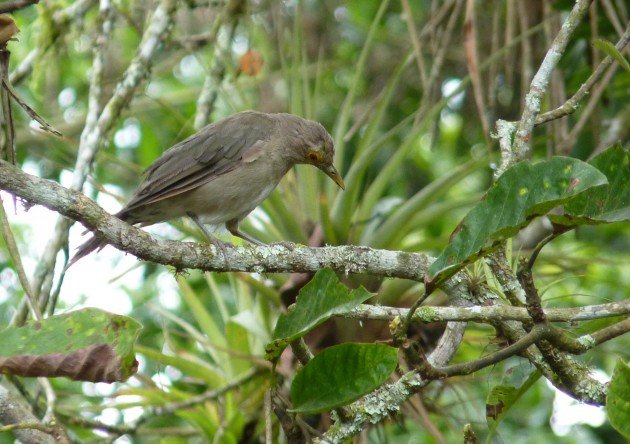 Ecuadorian Thrush, photo by Scott Winton
Ecuadorian Thrush, photo by Scott Winton
Red-legged Thrush, Turdus plumbeus
- Red-legged Thrush – Mike Motto, Iowa Voice
Eurasian Blackbird, Turdus merula
- Eurasian Blackbird – Mike Motto, Iowa Voice
- The Black Death – Jochen Roeder, 10,000 Birds
- What is the National Bird of Sweden – Corey Finger, 10,000 Birds
- Blackbird Singing in the Dead of Night – Corey Finger, 10,000 Birds
 Eurasian Blackbird, photo by Mike Motto
Eurasian Blackbird, photo by Mike Motto
American Robin, Turdus migratorius
- American Robin partially Albino/leucistic – Mike Motto, Iowa Voice
- The White Robin of Alley Park – Corey Finger, 10,000 Birds
- Robin Egg Blue – Corey Finger, 10,000 Birds
- So, What do Robins mean? Or, Spring watch continued – Carrie Laben, 10,000 Birds
- American Robins eating Hawthorne Berries – Corey Finger, 10,000 Birds
- The Changing of the Guard – Corey Finger, 10,000 Birds
- Angry Birds Hitting your Windows – Sharon Stiteler, 10,000 Birds
- Winter Robins – Sharon Stiteler, 10,000 Birds
- First Robin of Spring – Corey Finger, 10,000 Birds
- Return to the Robin’s Nest – Corey Finger, 10,000 Birds
- Baby Robins – Corey Finger, 10,000 Birds
Fieldfare, Turdus pilaris
- The Winter Thrush – Jochen Roeder, 10,000 Birds
Song Thrush, Turdus philomelos
- Feeding a Fledgling Song Thursh -Corey Finger, 10,000 Birds.
Clay-colored Thrush, Turdus grayi
- What is the national bird of Costa Rica? – Corey Finger, 10,000 Birds
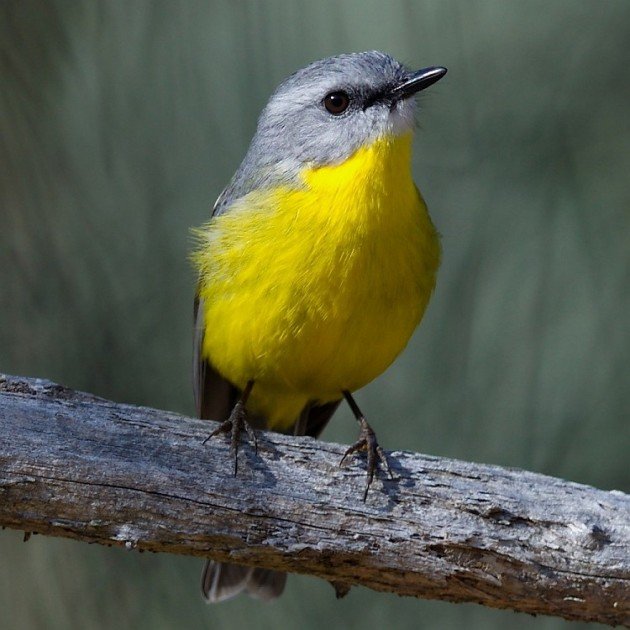 Eastern Yellow Robin, photo by Robin Eckermann
Eastern Yellow Robin, photo by Robin Eckermann
Scarlet Robin, Petroica boodang
- Fence sitters – Duncan Fraser, Ben Cruachen Blog
Red-cappped Robin, Petroica goodenovii
- Pillaga Scrub – Marj Kibby, A Bird in the Bush
Eurasian Robin, Erithacus rubecula
- A Ramble through my Birding Journey – Alan Tilmouth, 10,000 Birds
- The Robin is the One – Mike Bergin, 10,000 Birds



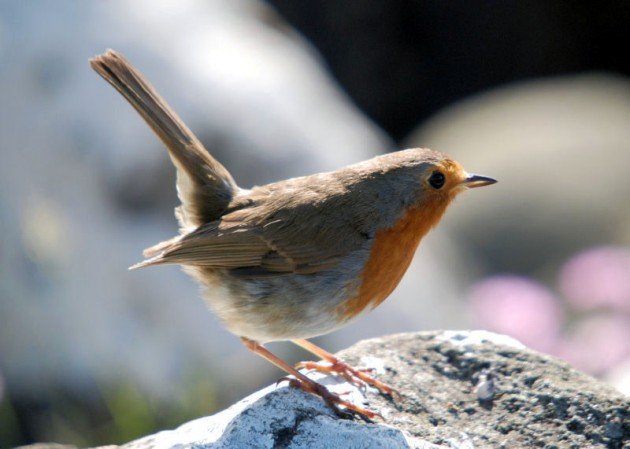
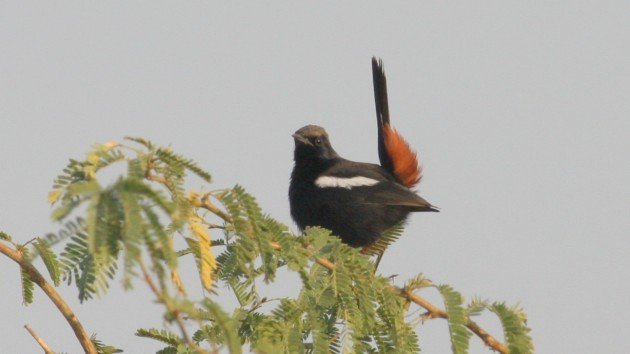
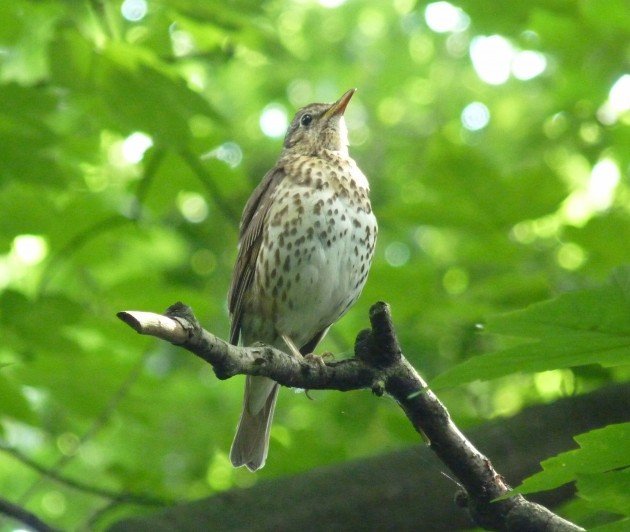
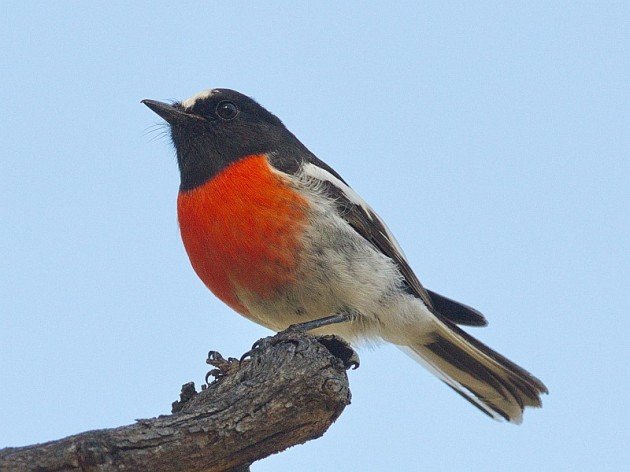
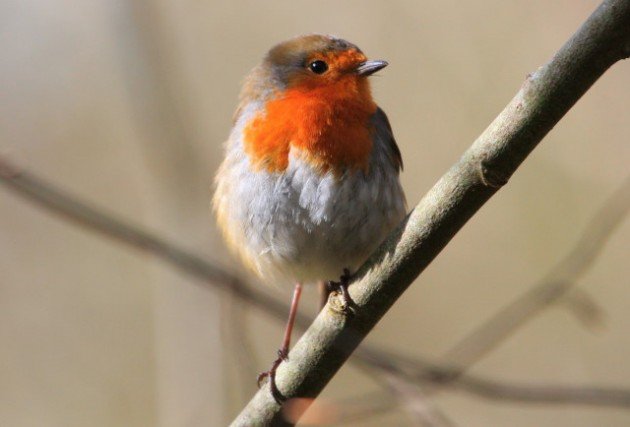











Leave a Comment